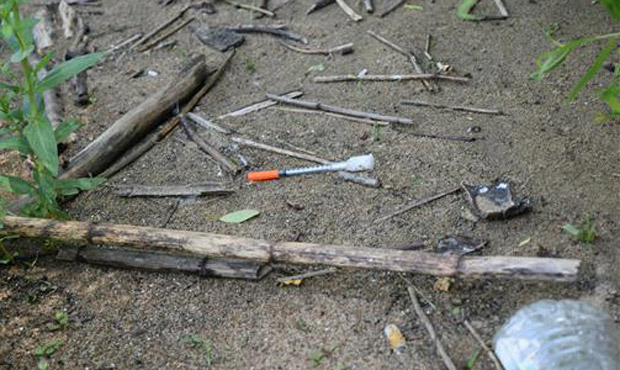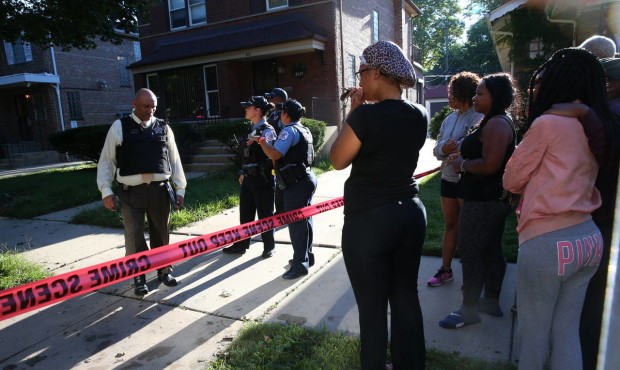Local News
Microhousing trend in Seattle ruining property values, warns real estate agent
 Three of these projects are underway right now in Seattle's Eastlake neighborhood. (KIRO Radio Photo/Zak Burns)
Three of these projects are underway right now in Seattle's Eastlake neighborhood. (KIRO Radio Photo/Zak Burns)
“Here’s one right here on Eastlake,” says Eastlake Real Estate Agent Rick Miner. “It’s 40-feet high and it’s going to have 150 units and they’re going to be approximately 125 square feet of room, single bed, no kitchen.”
Seattle’s tiniest apartments are creating some of the city’s biggest housing problems.
Imagine a residential property designed to fit ten single family apartments. Developers can now fit up to 65 units on that very same property.
It’s called microhousing, and it’s one of the fastest growing housing trends in Seattle.
Rent prices range from $600 to $1,200 a month.
Miner has been compiling all of the projects approved and underway, “There (are) 63 projects, there are 3,123 ‘sleeping rooms.'”
But his community is fighting back. A single family home right in the heart of the district has been replaced by a towering, five-story, 38-unit complex.
Miner gave a presentation at an Eastlake neighborhood meeting explaining the negative impact this will have on landowners immediately surrounding the new construction.
“They’re going to totally destroy the property values of these. A very negative effect,” he said.
He points to a photo of another listing. “This is a 1940’s classic, single level, maybe five-unit (building.) This won’t get sun anymore. It will be in the shade for the rest of its life because the sun is south.”
Miner said homes shadowed by these microhousing complexes will become virtually worthless, at least until another builder comes in and makes “an extremely low-ball offer.”
Parking is already a major issue in Eastlake and microhousing will only make it worse.
“The builder does not have to accommodate cars. Now prior to this kind of building you know any house that was built, any apartment that was built, any condo that was built had to provide at least one-car parking garage, a subterranean garage if it was a condo – per unit,” said Miner. “Now they’re talking 39 people and they haven’t done, as far as we know, shown us any proof of who has cars and who doesn’t have cars and […] this is the United States. People own cars.”
Since they technically operate as boarding houses, microhousing owners avoid the need to provide parking accommodations that are required of traditional apartments.
Eastlake is only one of the neighborhoods developers are targeting. Ballard, Wallingford, and West Seattle are all seeing a rise in these kinds of projects.
Capitol Hill Housing Advocate Dennis Saxman has seen the effects of microhousing in his own region of the city.
“I’d say it’s ground zero of the all the developments. It’s the highest concentration,” Saxman said. “I think it’s contributed to huge increases in rent. I know someone who’s a landlord, and she talks with other landlords and they said, ‘You know, they’re getting $600 a month or $1,250 a month 250 square feet? My apartments are way larger than that, so a number of landlords up there have doubled rent or more, and evicted entire buildings.”
Three of these projects are underway right now in Seattle’s Eastlake neighborhood.







































Comments